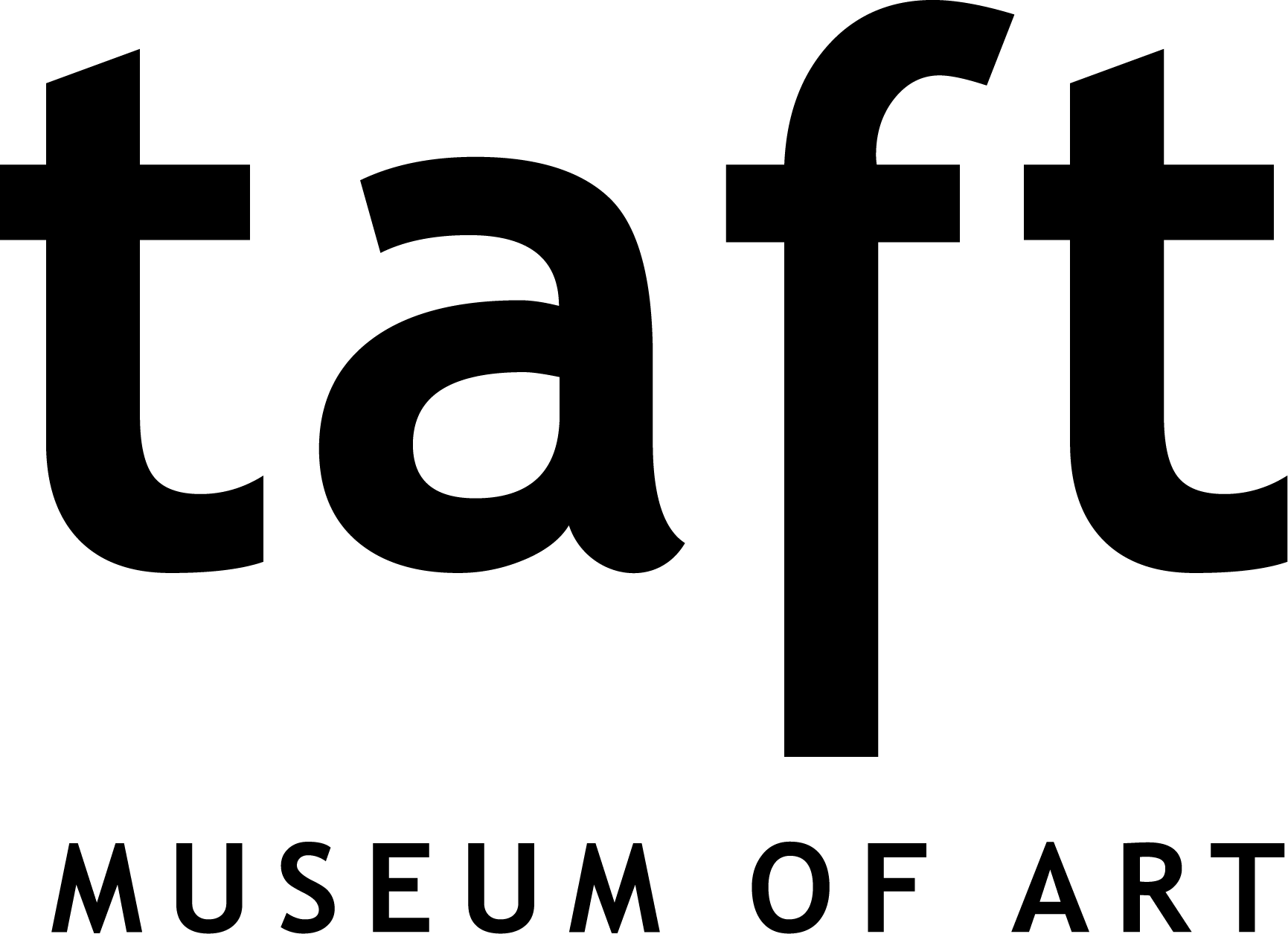Gainsborough would have constructed these paintings using a series of sketches and his memory. To create convincing scenes, he employed his imagination, skill, and knowledge built from years of observing nature. He often made several drawings to work out a composition until he settled on a final design. Some visual evidence of this method exists in the paintings themselves. In both the Taft and Berger landscapes, the cows in the background would tower over the figures in the foreground if they were placed next to each other. This skewed scale suggests that the animals and people were likely assembled from various unrelated sketches. Two figures in A Coastal View—a fisherman standing with a basket on his head, and a person lounging on shore, leaning on a basket—closely resemble figures in Wooded Landscape. It’s possible that the artist used the same source sketches for them.
In his landscapes, Gainsborough did not concern himself with specific likenesses, but instead he included people simply to offer “a little business for the Eye to be drawn from the Trees in order to return to them with more glee.” Certainly, the tranquil settings of these paintings would have provided a lovely respite from Gainsborough’s hectic career in portraiture.







